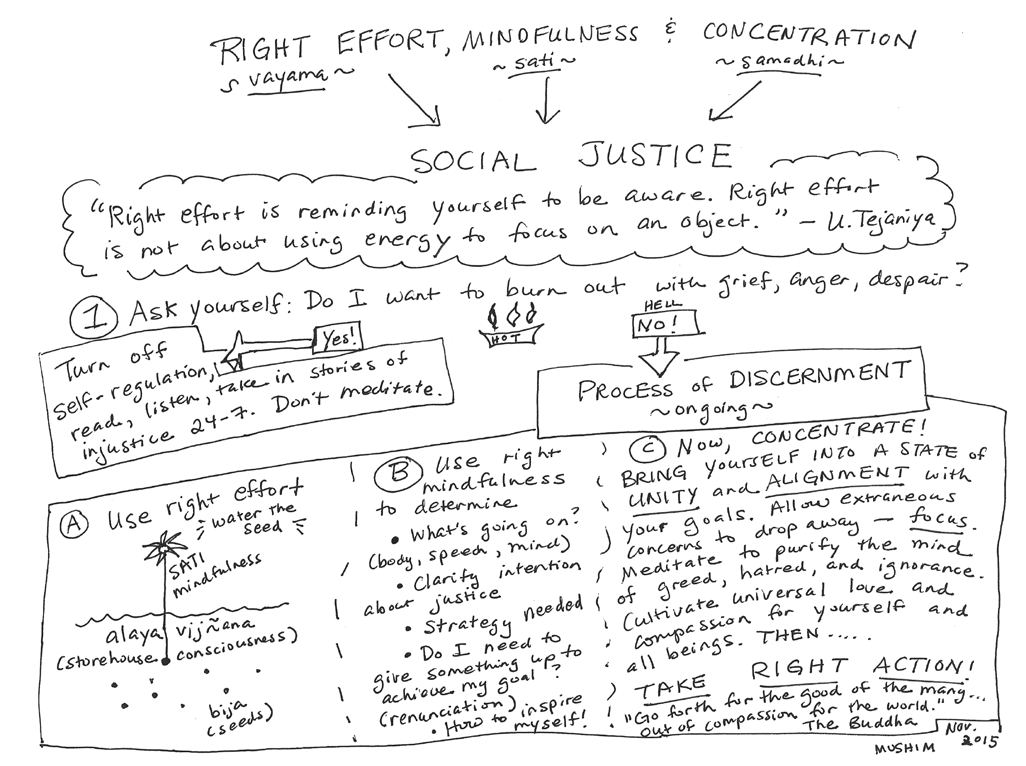PEDRO ALMODOVAR, Spanish filmmaker, was born; Almodóvar is the most successful and internationally known Spanish filmmaker of his generation. His films, marked by complex narratives, and quirky stylings, employ the codes of melodrama and use elements of pop culture, popular songs, irreverent humor, strong colors and glossy décor. He never judges his character's actions, whatever they do, but he presents them as they are in all their complexity. Desire, passion, family and identity are the director's favorite themes. Almodóvar is openly – dare we say brilliantly? -- Gay and he has incorporated elements of underground and gay culture into mainstream forms with wide crossover appeal, redefining perceptions of Spanish cinema and Spain in the process. At one time, it is believed, he owned the film rights to Tom Spanbauer’s mystical book, The Man Who Fell In Love With the Moon (though we now believe Gus Van Sant has these rights.)
Around 1974, Almodóvar began making his first short films on a Super-8 camera. By the end of the 1970s they were shown in Madrid’s night circuit and in Barcelona These shorts had overtly sexual narratives and no soundtrack: Dos putas, o, Historia de amor que termina en boda (1974) (Two Whores, or, A Love Story that Ends in Marriage); La caída de Sodoma (1975) (The Fall of Sodom); Homenaje (1976) (Homage); La estrella (1977) (The Star) 1977 Sexo Va: Sexo viene (Sex Comes and Goes) (Super-8); Complementos (shorts) 1978; (16mm).
“I showed them in bars, at parties… I could not add a soundtrack because it was very difficult. The magnetic strip was very poor, very thin. I remember that I became very famous in Madrid because, as the films had no sound, I took a cassette with music while I personally did the voices of all the characters, songs and dialogues.” After four years of working with shorts in Super-8 format, in 1978 Almodóvar made his first Super-8, full-length film: Folle, folle, fólleme, Tim (1978) (Fuck Me, Fuck Me, Fuck Me, Tim), a magazine style melodrama. In addition, he made his first 16 mm short, Salome. This was his first contact with the professional world of cinema. The film's stars, Carmen Maura and Felix Rotaeta, encouraged him to make his first feature film in 16mm and helped him raise the money to finance what would be Pepi Luc: Bom y otras cgicas del monton.
Almodóvar's subsequent films deepened his exploration of sexual desire and the sometimes brutal laws governing it. Matador is a dark, complex story that centers on the relationship between a former bullfighter and a murderous female lawyer, both of whom can only experience sexual fulfillment in conjunction with killing. The film offered up desire as a bridge between sexual attraction and death.
Almodóvar solidified his creative independence when he started the production company El Deseo, together with his brother Agustín, who has also had several cameo roles in his films. From 1986 on, Pedro Almodóvar has produced his own films.
The first movie that came out from El Deseo was the aptly named Law of Desire (La Ley del Deseo). The film has an operatically tragic plot line and is one of Almodóvar’s richest and most disturbing movies. The narrative follows three main characters: a Gay film director who embarks on a new project; his sister, an actress who used to be his brother (played by Carmen Maura), and a repressed murderously obsessive stalker (played by Antonio Banderas).
The film presents a gay love triangle and drew away from most representations of Gay men in films. These characters are neither coming out nor confront sexual guilt or homophobia; they are already liberated, like the homosexuals in Fassbinder’s films. Almodóvar said about Law of Desire: "It's the key film in my life and career. It deals with my vision of desire, something that's both very hard and very human. By this I mean the absolute necessity of being desired and the fact that in the interplay of desires it's rare that two desires meet and correspond."
Almodóvar's films rely heavily on the capacity of his actors to pull through difficult roles into a complex narrative. In Law of Desire Carmen Maura plays the role of Tina, a woman who used to be a man. Almodóvar explains: "Carmen is required to imitate a woman, to savor the imitation, to be conscious of the kitsch part that there is in the imitation, completely renouncing parody, but not humor".
Elements from Law of Desire grew into the basis for two later films: Carmen Maura appears in a stage production of Cocteau’s The Human Voice, which inspired Almodóvar’s next film, Women on the Verge of a Nervous Breakdown; and Tina's confrontation scene with an abusive priest formed a partial genesis for Bad Education.










